For the 2025 All-Star Game in Atlanta, Major League Baseball soft-launched its Automated Ball-Strike system and seems poised to make it a part of regular season baseball in 2026. At long last, the robo-umps are here.
In the bottom of the first inning, American League starting pitcher Tarik Skubal dealt an 0-2 changeup to Padres superstar Manny Machado. Home plate umpire Dan Iassogna called it a ball—deeming it low. But American League catcher Cal Raleigh tapped his helmet, indicating he was challenging Iassogna’s call, and it was time for the robo-ump to weigh in. A computer-generated animation of the pitch in the strike zone lit up Truist Park’s center field video board, as the players, umpires, and 41,107 fans looked on.
According to the computer, the ball had clipped the bottom of the strike zone for strike three. Machado was out and the Automated Ball-Strike system, or ABS, had made its first big league correction outside of spring training, overriding an MLB umpire with more than 25 years experience.
It likely won’t be the last. MLB Commissioner Rob Manfred plans to propose an outline for using ABS in 2026 to the league’s competition committee during the off-season. And baseball isn’t the only sport moving toward replacing human judgment calls with impartial and seemingly infallible technology: This fall, the NFL’s familiar chain gangs will largely be sideline decorations as the league moves to a system that will automatically measure the distance to a first down—using an array of high-resolution cameras—after a human official spots the ball.
A Sony-owned company called Hawk-Eye provides the technology used by MLB, the NFL, and other sports. Hawk-Eye’s ball-tracking technology first debuted in 2001 during a cricket match between England and Pakistan. Today, more than 20 professional sports leagues rely on Hawk-Eye to adjudicate disputes.
In tennis, Hawk-Eye captures data, tracks the ball in motion, and determines whether it is in or out of bounds. Soccer uses Hawk-Eye’s Video Assistant Referee (VAR) to help officials resolve disputes about goals, penalties, and cases of mistaken identity—when the human referee warns or sends off the wrong player.
The rationale for relying on technology to determine balls and strikes in baseball is straightforward: Human umpires make mistakes, and these bad calls frustrate fans, players, and teams. Data and statistics rule modern sports, so why not get the best data possible? Robo-umps make calls based on a strike zone that doesn’t change, unlike even the sharpest-eyed human umpires.
Defining the strike zone.
Major League Baseball defines the strike zone as “that area over home plate the upper limit of which is a horizontal line at the midpoint between the top of the shoulders and the top of the uniform pants, and the lower level is a line at the hollow beneath the kneecap” when the batter takes his batting stance.
But, as most baseball fans know only too well, MLB umpires are human. They regularly call balls and strikes incorrectly, and some are worse than others (a case in point is Game 5 of the 1997 National League Divisional Series when umpire Eric Gregg’s strike zone seemed to encompass most of the infield.)
There isn’t just one strike zone, no matter what the rule book says. The data are clear: An umpire’s strike zone expands and contracts depending on the game situation. In 2010, The Hardball Times published a statistical analysis of this phenomenon, concluding that the average strike zone on a 3-0 count was nearly 50 percent larger than the strike zone with the count 0-2.
Thus, the strike zone is not the black and white box described in the rule book, but an amorphous blob with many gray areas.
Russell A. Carleton, author of The New Ballgame: The Not-So-Hidden Forces Shaping Modern Baseball, explains that since 2008 “you can make a little cluster map of what actually gets called a strike and there’s little gray zones along the edges of it where somewhere around half the time it’s a strike.”
This reinforces the collective belief that every big league umpire has his own interpretation of the strike zone. ABS would eliminate this human element, ideally keeping the strike zone consistent at all times, for all players.
How does the technology work?
The first modern pitch-tracking program was Sportvision’s PITCHf/x system, which beginning in 2008 was up and running in all 30 big league ballparks. This computer vision system relied on three camera banks—down the first base line, the third base line, and in center field—to capture approximately 20 images of a pitch during its flight. Drawing on these data, PITCHf/x estimated the position, velocity, and acceleration of each pitch.
Pitchers were no longer evaluated on the basis of balls, strikes, and wins but by spin rate, vertical movement, and the effect of the forces acting on their pitches, like gravity, drag, and the Magnus force. In this way, PITCHf/x ushered in a new era of pitching data and analytics.
After a brief interlude using radar-based Trackman between 2015 and 2019, MLB now relies on Hawk-Eye’s advanced 12-camera array to track every ball put in play. Harry Pavlidis, director of technology at Baseball Prospectus, told The Dispatch via email that compared to previous systems, ABS “allows [MLB] to capture a lot more things like player movement and even the bat.” Hawk-Eye analyzes pitch movement at an unprecedented level, isolating how the ball is spinning far better than previous technologies.
MLB has recently made adjustments to the height and width of ABS’s strike zone. The automated zone is 17 inches wide, the exact width of home plate, for every batter. The vertical component varies with each hitter, measuring 53.5 percent of the batter’s height at the top of the zone and 27 percent of the batter’s height at the bottom.
Instead of tracking the pitch at the front of the plate or even relying on a full 3-D image, ABS uses “a crossing point at the middle of the plate” as the basis for its estimate, Pavlidis explained. More specifically, ABS measures the pitch as it crosses the exact midpoint of the plate—8.5 inches from the front of the plate—and determines whether the ball has caught any part of the strike zone.
Then, the ABS animation flashes up on the ballpark’s jumbotron for everyone in attendance to see. The players, umpires, and fans can watch the computer make up its mind in real time, adding a crucial level of transparency to the review process. No longer will the on-field umpires rely on an unseen, all-powerful replay official in New York to litigate the dispute.
How will ABS be used?
But human umpires aren’t going away just yet. Rather than implementing the ABS system for every pitch, MLB is committed to a pitch-by-pitch challenge system, after testing it out during spring training. During a game, the home-plate umpire would still call balls and strikes but ABS would run in the background, monitoring the pitch’s location. Players can request an ABS review, as Raleigh did in the All-Star Game, if they feel the umpire missed a call.
Each team starts a game with two challenges. Crucially, only the pitcher, catcher, or batter may issue a challenge and only immediately after the umpire’s original call; consulting with team members or the manager in the dugout isn’t permitted. If the ABS system overrules the umpire’s call, the team retains both its challenges. However, if the umpire’s call is confirmed, the team loses one challenge.
The Athletic reported that most MLB players are against the principle of robo-umps calling balls and strikes, worried about losing the “human element” of the game. However, Pavlidis said that players “seem to prefer the challenge system” over a fully automated umpire, if forced to choose between the two. In this view, ABS will correct badly missed calls, while preserving the human margin of error on the periphery of the strike zone.
MLB umpires, on the other hand, favor full-scale robo umps, Manfred told the New York Times. “The problem with the challenge system is it points out when you’re wrong,” he said. “And I think nobody likes to be shown, in front of 48,000 people, they just missed the pitch.” With the approval of the umpires’ union, MLB has emphasized the challenge system, but will need the approval of the Major League Baseball Players Association to implement it for regular-season games. Manfred has hinted he would ask the union to allow an ABS challenge system as soon as the 2026 season, but the matter could end up being part of contract negotiations, as the players’ collective bargaining agreement with the league expires at the end of that season.
Some in baseball have expressed concern that ABS will render certain specialized skills obsolete, such as the ability of a catcher to essentially turn a ball into a strike by positioning his glove in such a way as to influence the umpire’s call. Some teams look for catchers who are really good at framing. ABS seems poised to render catcher framing largely irrelevant because the computer cannot be misled.
Baseball has long been locked in a struggle between the forces of tradition and technology. The sabermetric approach to the sport has seemingly won out over the old ways as teams increasingly rely on data and analytics (thanks, Moneyball) to make decisions.
ABS could bring another level of precision to a sport already awash in obscure data points. At the same time, the arrival of the robots may be the final nail in the coffin for a sport that thrives on emotion, tradition, and iconic moments. “It’s what makes baseball great,” Washington Nationals outfielder Adam Eaton said back in 2019 of umpire errors, referring specifically to calls that cost his team a Game 5 World Series victory and sparked conversations about robot umps. “Sometimes you’re on the bad end of it, and it’s not all that fun, but that’s baseball.”
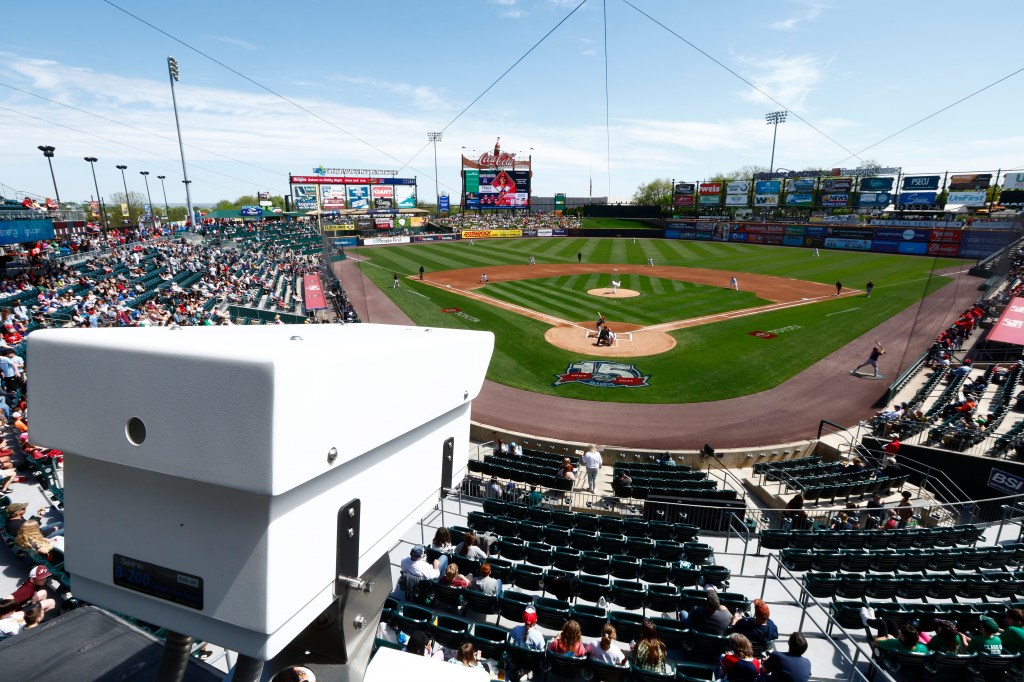
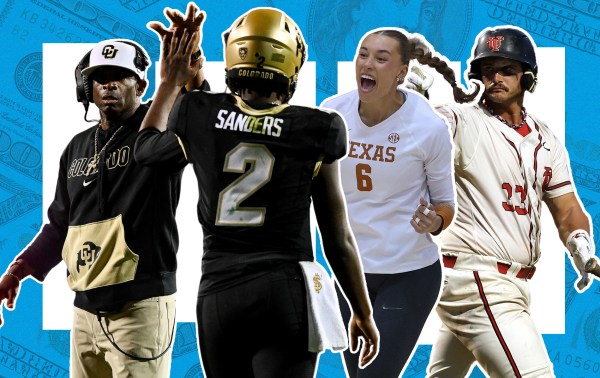
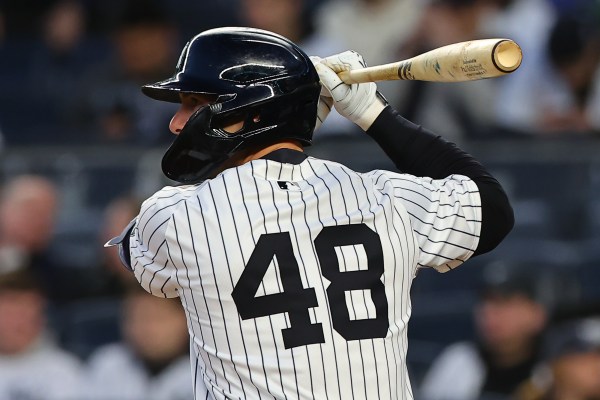
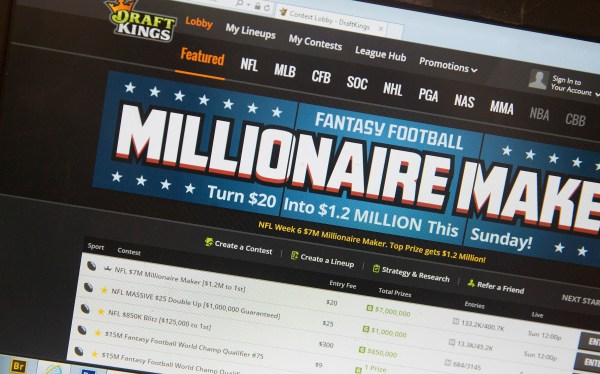
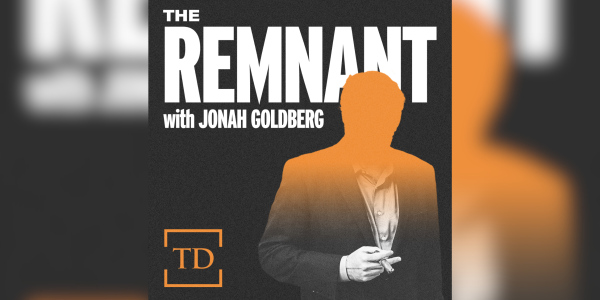




Please note that we at The Dispatch hold ourselves, our work, and our commenters to a higher standard than other places on the internet. We welcome comments that foster genuine debate or discussion—including comments critical of us or our work—but responses that include ad hominem attacks on fellow Dispatch members or are intended to stoke fear and anger may be moderated.
With your membership, you only have the ability to comment on The Morning Dispatch articles. Consider upgrading to join the conversation everywhere.